Potato starch is, fittingly, a form of carbohydrate starch extracted from the tuberous outgrowths of the potato plant.
Primarily used in baking and cooking so as to facilitate a variety of functions usually related to the texture and consistency of a recipe, potato starch is among one of the most commonly utilized ingredients in most commercial kitchens or bakeries owing to the versatility in its use.
The best potato starch thickening substitutes are pectin, gelatin, and mochi flour. The best fry coating substitutes for potato starch are potato flour, rice flour, and semolina flour. The best general use substitutes for potato starch are cornstarch, flour, and fry seasoning mixes.
Can All Potato Starch Substitutes Fulfill the Same Functions?
Considering the absolute versatility that potato starch in its pure form can provide, it may be rare to find another ingredient that fulfills every single role potato starch can, especially when sourced from organic or natural products.
However, depending on the particular use of potato starch in a certain recipe, any number of viable alternatives may exist, some of which may in fact do a far better job at fulfilling said function than the potato starch itself.
This is veritably noticeable in cases where potato starch may be used as a thickening agent or in the creation of certain food products such as noodles or sausages, whereas the use of other products more specialized towards these functions may eclipse the use of potato starch.
Can Potato Starch be Substituted with Potato Flour?
Potato starch and potato flour, while both being sourced from the same plant, are distinct in the fact that they generally cannot be used for the same purposes, especially in the case of potato flour acting as a replacement for potato starch.
This is due to the fact that potato flour, unlike potato starch, retains quite a few extra compounds originating from the potato itself, whereas potato starch is simply the polysaccharide compound extracted entirely from the tuber, keeping no other excess potato compounds in any significant volume.
Potato flour will impart a distinctly potato-like flavor and odor as well as function quite differently in certain environments when compared to potato starch, making potato flour a poor substitute for potato starch in practically every recipe or dish.
Thickening Substitutes for Potato Starch
Among one of the primary uses for potato starch in the culinary sense is its ability to act as a thickening and caking agent, wherein it is normally added to fluids that are not viscous or solid enough to retain their shape by themselves.
Pectin
A vegan and all-natural thickening agent, pectin is an excellent substitute for potato starch in such things like stews and sauces wherein the consistency of a fluid must be altered without adding any significant caloric value.

In terms of thickening power, pectin is considerably stronger than potato starch owing to the much lesser volume of pectin powder needed in order to thicken the same volume of fluid in comparison to potato starch.
An additional benefit to utilizing pectin as a potato starch thickening agent substitute is its absolute lack of flavor for the most part – a distinction that potato starch sorely lacks, as the latter imparts certain flavors of which may clash with the relative flavor profile of the recipe or dish it is added to.
Gelatin
Extremely similar to pectin in function and flavor, gelatin’s primary difference from the plant based pectin is that it is most usually sourced from animal collagen tissue, making it an unsuitable substitute to potato starch for individuals who possess vegan or vegetarian beliefs.
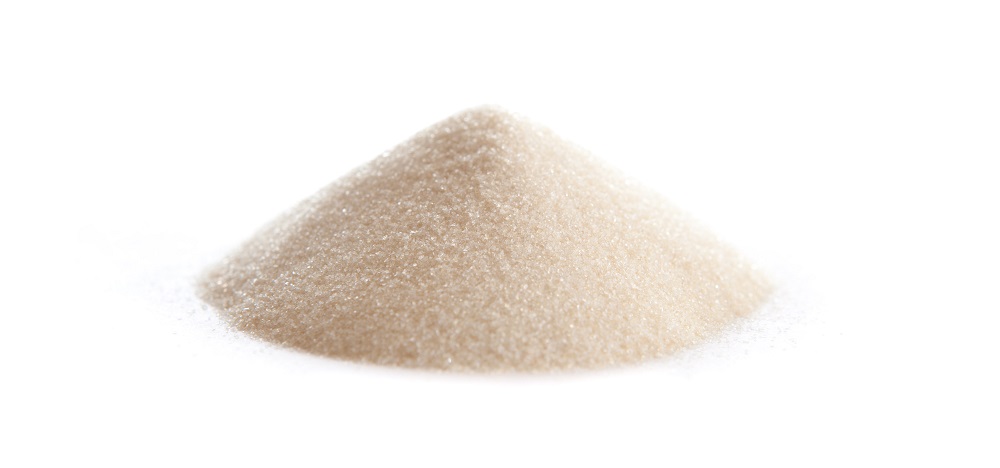
However, this fact does not change the primary characteristic of gelatin wherein it may act both as a setting agent and a thickening compound for use in practically any substance that requires a flavor neutral and practically invisible coagulating ingredient.
As a potato starch substitute, gelatin may be used in far smaller volumes, making it somewhat easier to work with in certain dishes that benefit from this lesser amount of powder.
Mochi Flour
An altered form of processed rice flour, mochi flour is yet another substitute to potato starch in the capacity of being used as a thickening agent for a variety of dishes.
In higher volumes, mochi flour tends to produce a sticky and somewhat soft texture in whatever fluid it is incorporated into, necessitating the careful measurement of its addition to a dish, as too much can potentially ruin the recipe, both texturally and through a different end product flavor.
However, a benefit to substituting potato starch with mochi flour is the relative similarity of their thickening power, meaning that a rough one to one ratio between the two ingredients is perfectly fine, removing the extra step of calculating an appropriate volume equivalent.
Fry Coating Substitutes for Potato Starch
Another extremely common use of potato starch, a variety of fried food products will often incorporate potato starch so as to make up the main body of the fry batter or to simply improve the adherence of said batter to the food product.
A variety of flours may fulfill much the same purpose with the added benefit of imparting certain flavors that may mesh quite well with whatever type of food is to be fried – such as rice flour improving the relative taste profile of tempura and other seafood.
Potato Flour
Oftentimes confused with potato starch itself, potato flour is distinct from its starchier cousin in the primary characteristics of general culinary function and its own unique flavors.
This may be best noticed in instances where potato flour, unlike potato starch, will impart a certain earthy and slightly nutty taste that is native to potatoes in their intact form.
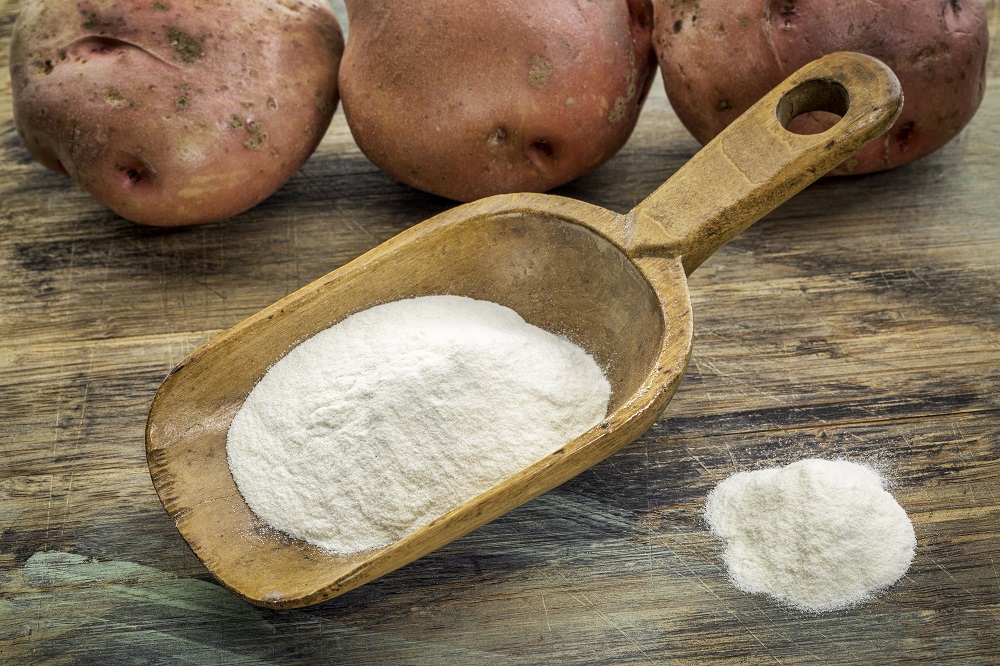
However, in terms of substitution to potato starch as a fry coating, potato flour may in fact be better than the former starch product, owing to the fact that its relative chemical structure makes it somewhat more resistant to going stale than food products fried in potato starch would be.
Ideally, one may instead mix potato flour and potato starch in an even one to one mixture so as to achieve the best of both ingredients, with the adherence and neutral flavors of potato starch and the functional abilities of potato flour.
Rice Flour
Another potential flour substitute to potato starch, rice flour is more often used to produce a light and somewhat fluffy coating during the process of frying, wherein said coating is usually seen around such food products like tempura or other foods that benefit from the ever so slightly sweet flavor of rice flour.
However, this lighter coating and somewhat sweet taste profile makes rice flour only a situational substitute to potato starch for frying, with its use best being reserved for foods that require a more fluffy coating, unlike fried chicken or similar dishes.
Semolina Flour
Considered one of the best ingredients for fry coating in general, semolina flour is primarily produced from certain species of cultivated wheat plants, creating a tough and dense gluten based compound makeup.
As such, it should be quite clear that semolina flour is not suitable for individuals with certain intolerances to gluten or similar compounds.
However, as a potato starch fry coating substitute, semolina flour is considered to be somewhat coarser and rougher, making a dense and heavy batter that adheres quite well to most types of food, especially meats like chicken or veal wherein semolina flour’s high temperature resistance truly shines.
General Use Substitutes for Potato Starch
Though frying and thickening are some of the most common uses found in potato starch, it is still considered a kitchen essential owing to its ability to function in a variety of capacities aside from that of frying or thickening.
Several other ingredients may replicate this handiness and convenience, and as such it is advisable to also keep a small volume of said ingredients in one’s pantry or cupboard in the event that they may ever be needed.
Cornstarch
A mainstay in every restaurant cooking area or home kitchen, cornstarch is considered the foremost substitute to potato starch in nearly every use, being able to replicate its thickening ability, function as a batter ingredient, as a texturizing agent and a variety of other capacities normally found in potato starch.
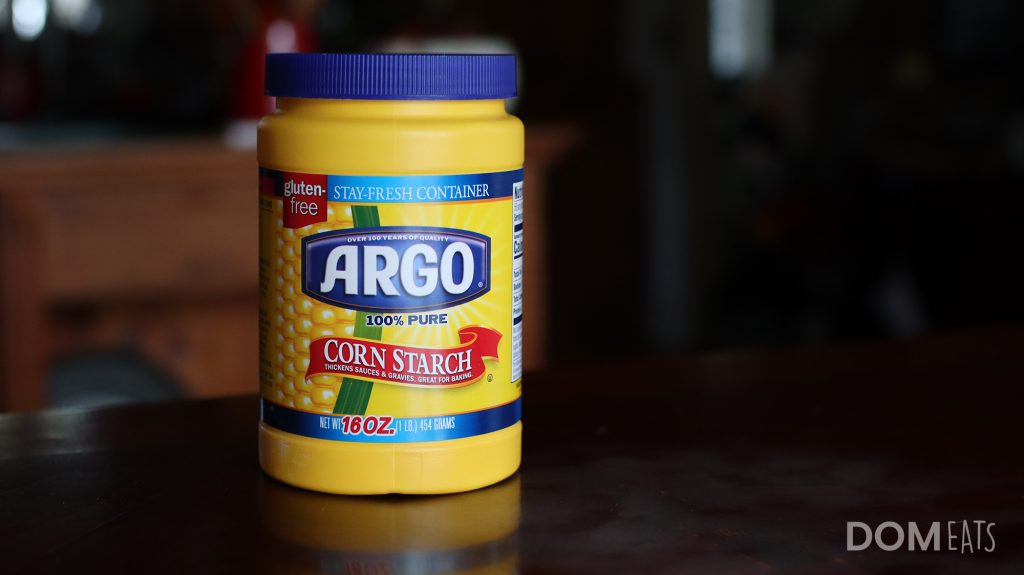
Even outside of its use as a potato starch substitute, cornstarch is still considered a truly convenient ingredient to have on hand, presenting a nearly neutral flavor and a very low cost per volume.
The only drawback to using cornstarch as a potato starch substitute is its slightly lower stickiness when used in certain volumes. This may be remedied by simply mixing the cornstarch with another ingredient with better adhesive properties instead.
Flour
Standard issue flour is also capable of recreating many of the uses potato starch is normally used for, especially in instances of baking and frying wherein the flour will act as the main body of a recipe’s ingredients.
A positive when using flour as a potato starch substitute is the ease of which it may be found, being available in practically any sort of place where food products are sold to consumers.
This is further compounded by the extremely low price tag of most forms of ordinary flour, making standard flour the most economical substitute to potato starch in practically every use, especially ones that require high volumes of said food products.
Fry Seasoning Mixes
Not quite in the vein of general use, fry seasoning mixes often incorporate a variety of ingredients, most of which have been listed in this article.
As such, it is by no stretch of imagination that the vast majority of fry seasoning mixes may be utilized in many of the functions normally found in potato starch, especially for the purposes of frying and baking.
Ideally, the use of a fry seasoning mix as a substitute to potato starch is best reserved for a last resort situation wherein no other alternative ingredient is available, or in culinary experiments meant to allow one some level of exploration in their cooking.
References
1. T. Galliard. (April 15 1987) “Starch: Properties and PotentialCritical Reports on Applied Chemistry,” Society of Chemical Industry Great Britain Published by the University of California ISBN 047191326X, 9780471913269
2. BeMiller, James N.; Whistler, Roy Lester (2009). “Potato Starch: Production, Modifications and Uses”. Starch: Chemistry and Technology (3rd ed.). Academic Press. pp. 511–39. ISBN 978-0-12-746275-2.
3. Bilge Altunaker; Sepil Sahin; Gulum Sumnu (March 2004). “Functionality of batters containing different starch types for deep-fat frying of chicken nuggets”. European Food Research and Technology. 218 (4): 318–322. doi:10.1007/s00217-003-0854-5. S2CID 93841327.

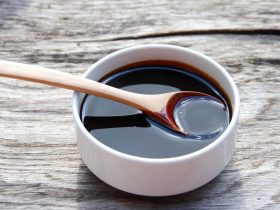

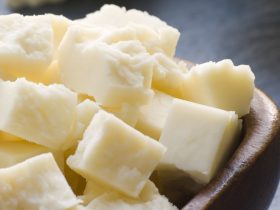

Hi, I'm Dom
Dom Eats was started to help other people fall in love with food. While cooking can feel intimidating, it doesn't have to be.